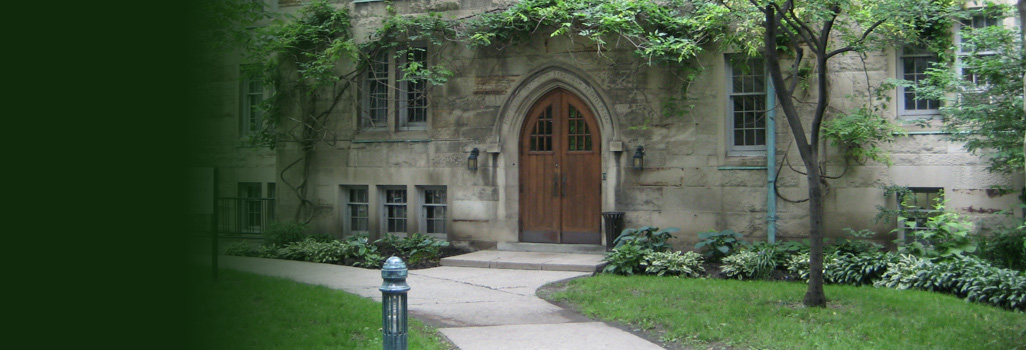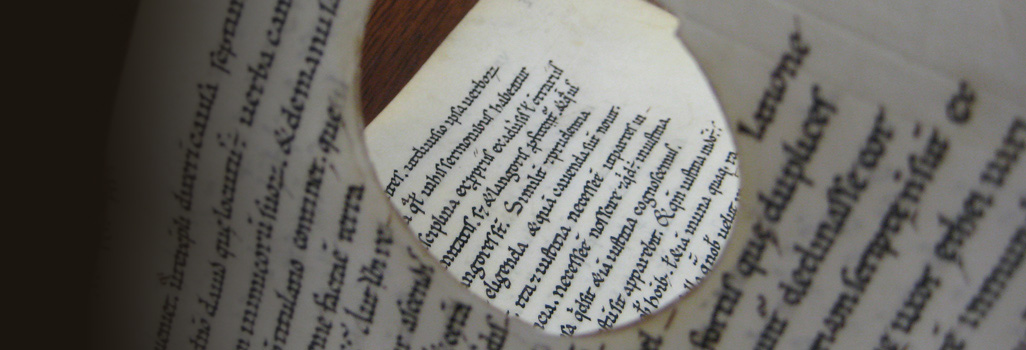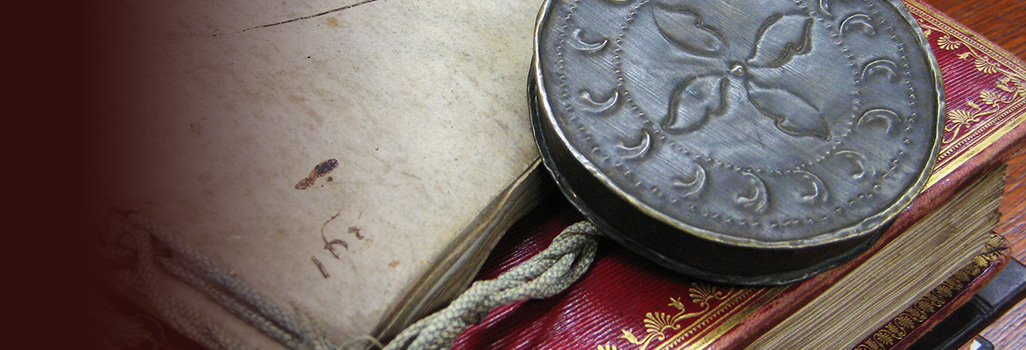From Corrupt Sinners to Contagious Strangers: Plague in Late Medieval Valencia
Abigail Agresta (Queen’s University)
History of Pre-Modern Medicine Seminar
While historians of public health are at last dispelling the myth that medieval urban governments were indifferent to filth and disease, the imagined relationship between medicine, morality, and faith has yet to be untangled, particularly in Iberia. This talk will analyze how the city council of Valencia understood plague in the Late Middle Ages, demonstrating that medical and religious notions of plague were closely integrated, and indeed informed one another. Throughout this period the Valencian council used both medical and religious frameworks to understand and respond to epidemic disease. Until the late fifteenth century, the medical framework was the Hippocratic theory that epidemics resulted from corruption in the air or water around the city. The council's religious responses to plague likewise focused on rooting out sins of corruption: sins that, like stagnant water and poisoned air, were dangerous because they threatened to infect the social body as a whole. In the late fifteenth century, the council's understanding of plague shifted abruptly from corruption to contagion, which in turn shifted the medical focus from internal corruption to external agents. This shift was also apparent in religious responses to plague, which increasingly focused on protecting the perimeter of the city from invisible attack. Religious responses to plague were thus informed by changing medical understandings of the disease, and both served as social metaphors for imagining a society under threat.


